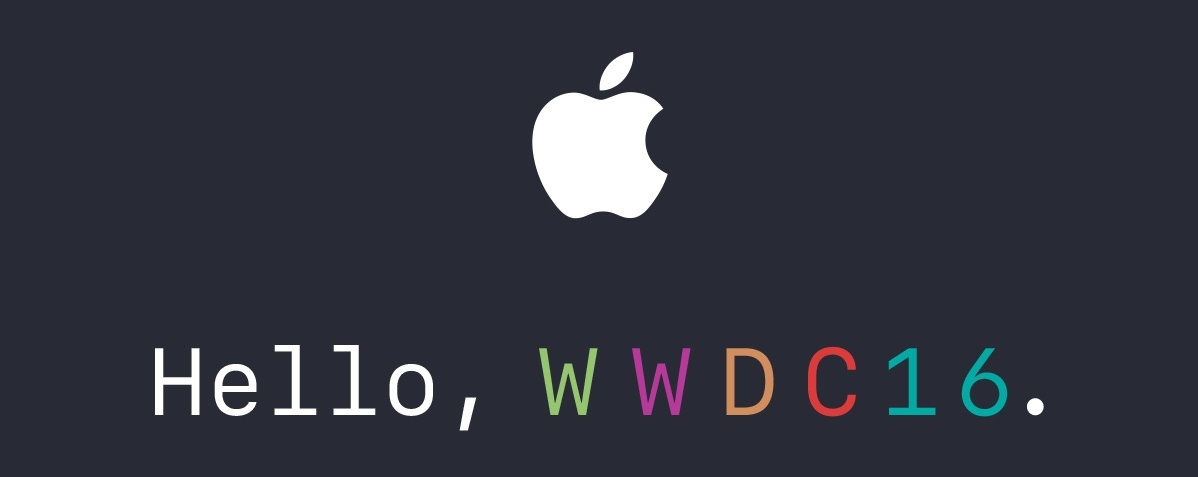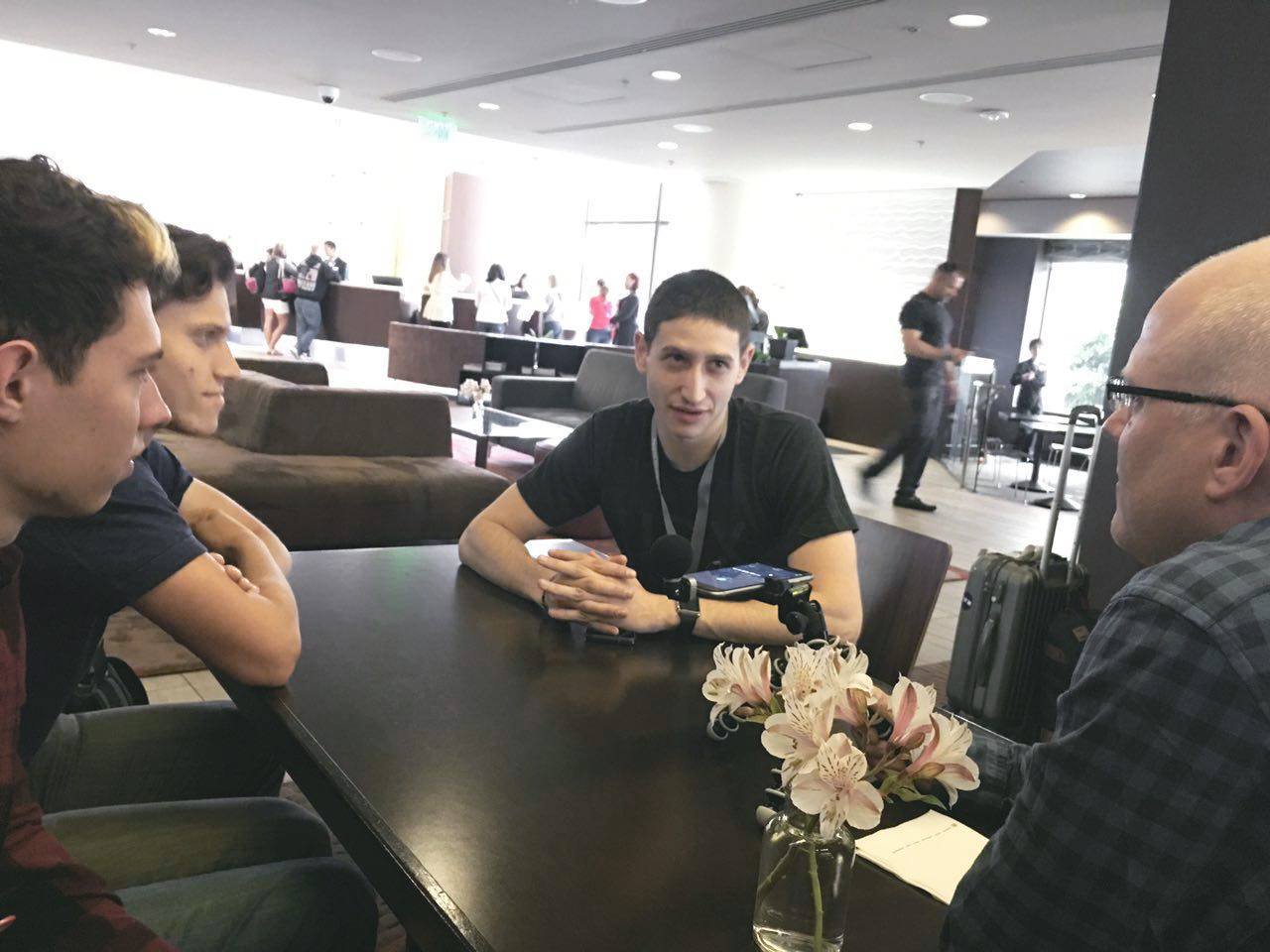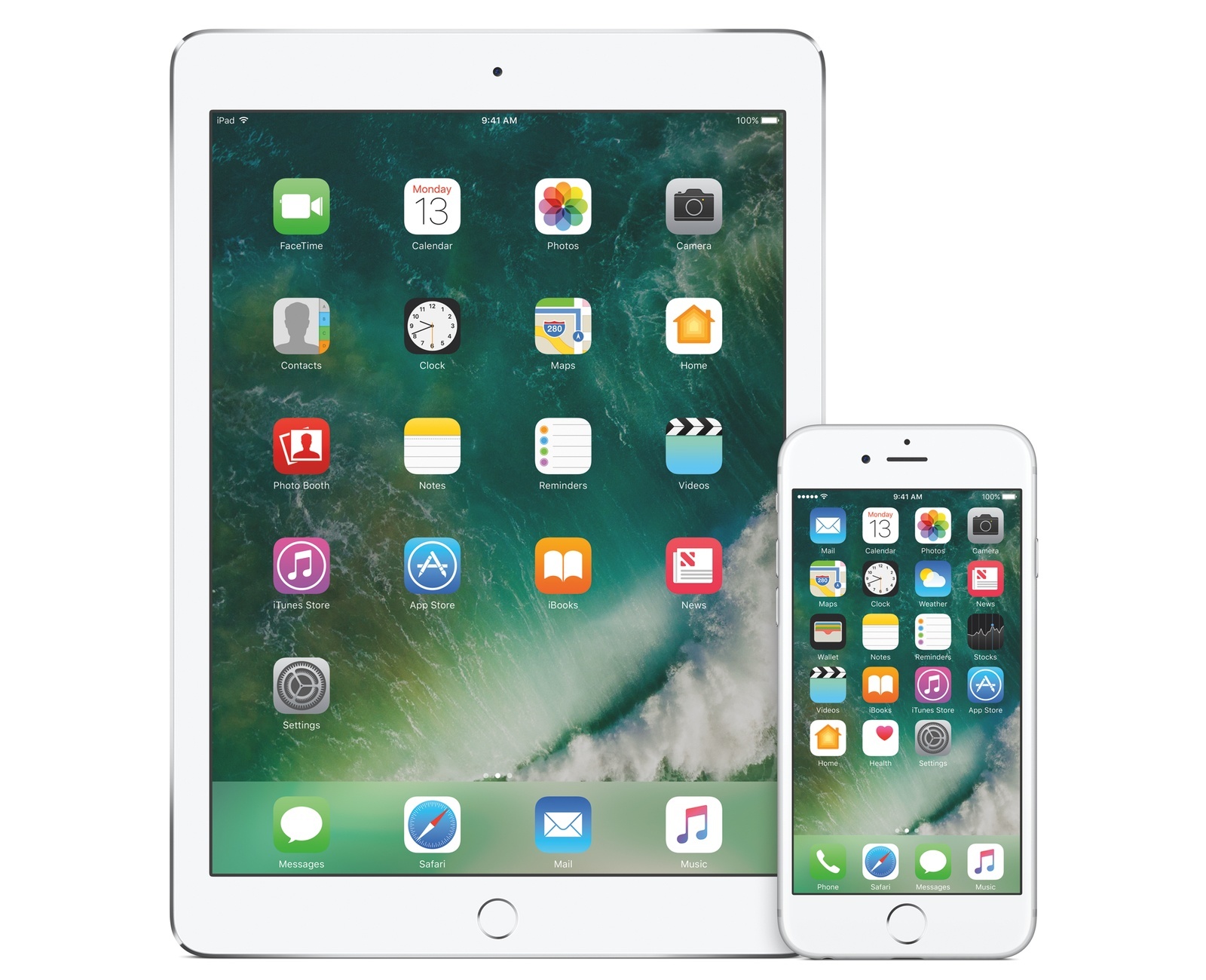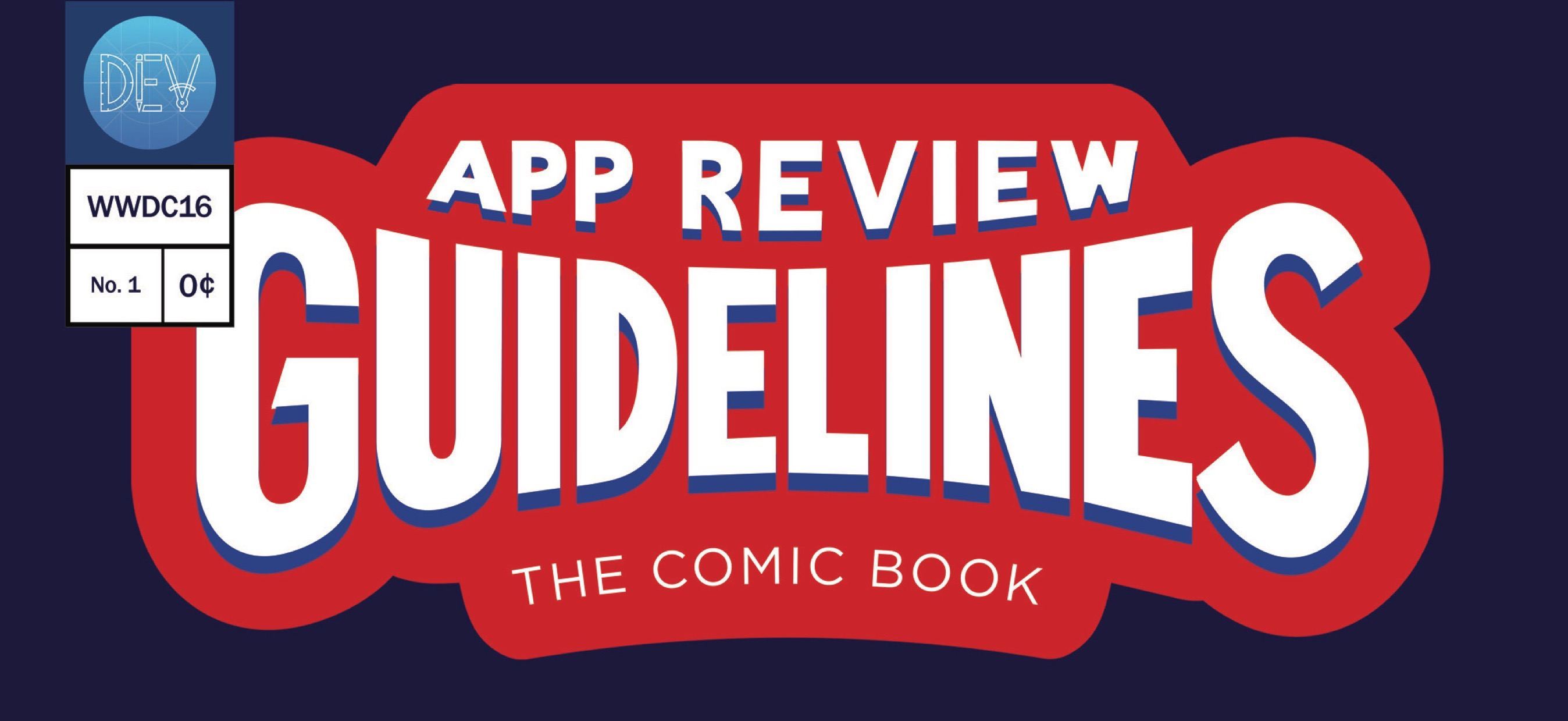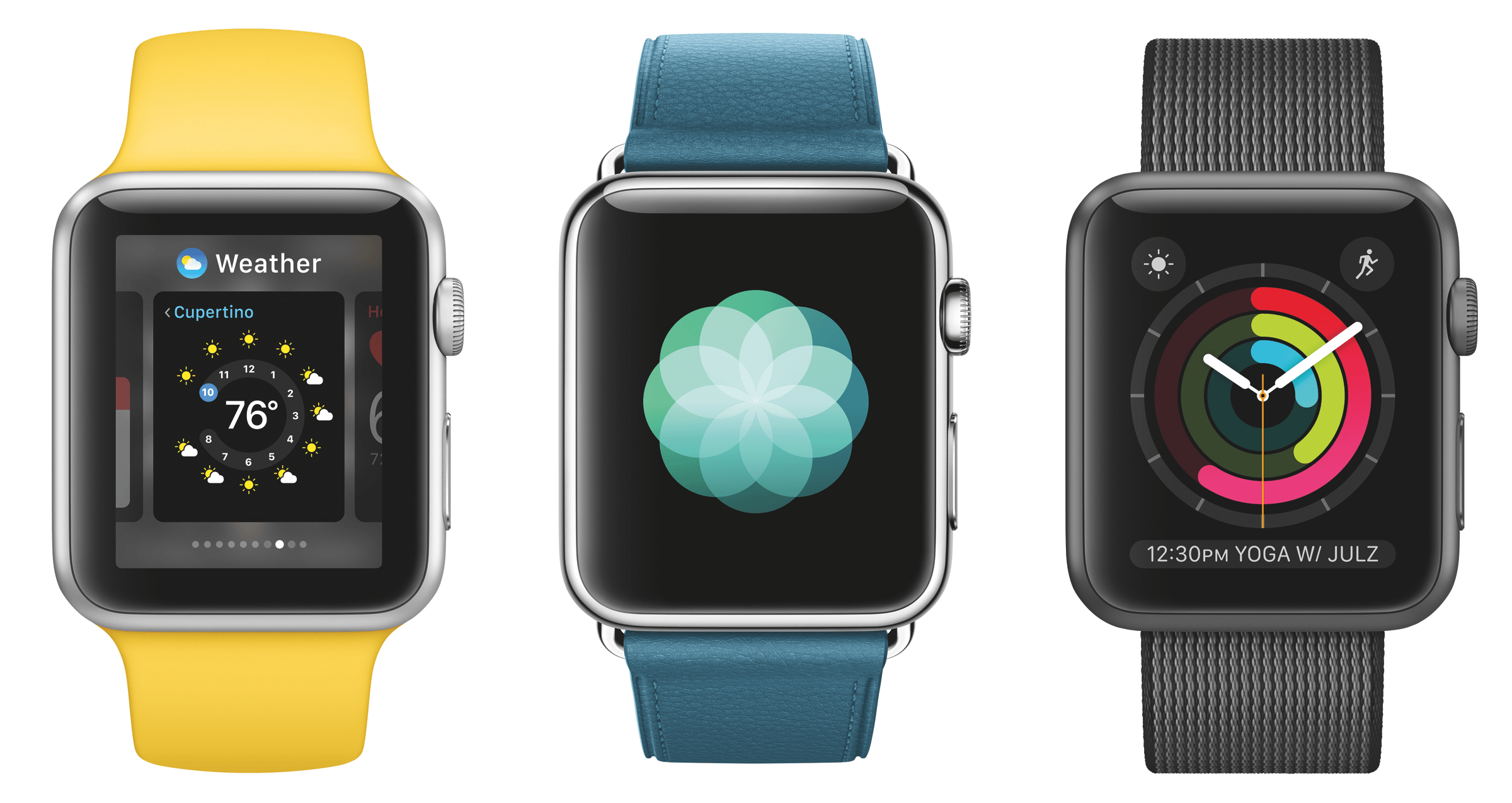A few years ago, Matt Thompson of NSHipster.com created ASCIIwwdc, fully-searchable transcripts of WWDC sessions going back to 2010. ASCIIwwdc is still creating transcripts of WWDC sessions, but a couple of years ago Apple began offering its own searchable WWDC transcripts.

Apple’s searchable WWDC transcripts let you jump to any point in a video where a search term is mentioned.
Yesterday, Apple introduced the its latest set of transcripts for the 2016 WWDC sessions. You can read the transcripts as single documents, search across all videos going back as far as 2012, or search within individual videos, which is a great way to find every mention of a topic that cuts across multiple videos. As you read a transcript, you can click on phrases to jump directly to the corresponding point in the related video, which makes navigating hours of video simple and fast. Transcripts of the 2016 WWDC sessions and for prior years are available on Apple’s developer website.


